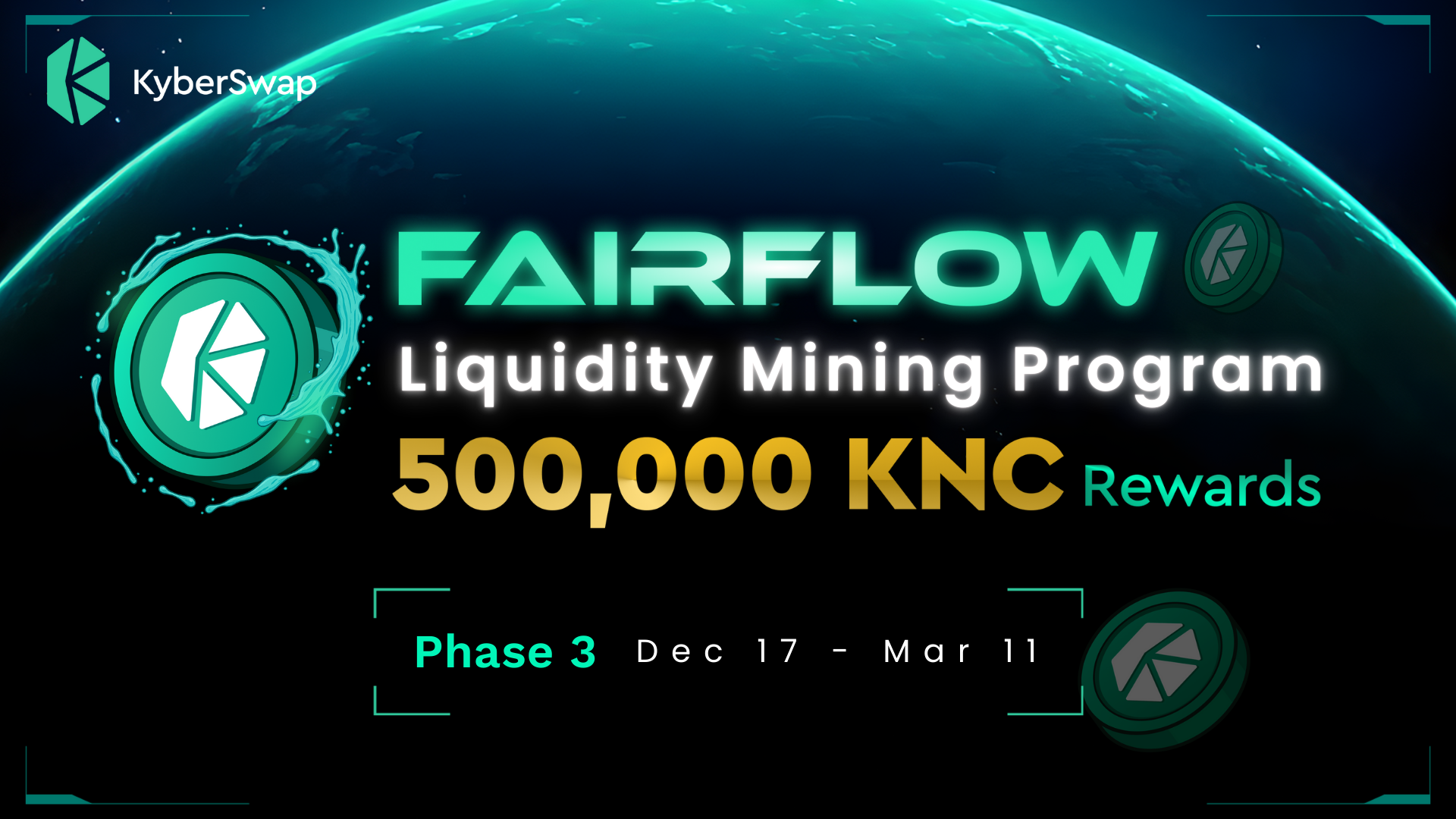The bear market may be weighing heavily on investors but as the saying goes, any fool can make money in a bull market. It’s how you navigate a bear market that proves your mettle as a trader.

It’s no news that crypto is hitting a bear market right now. But bear and bull markets are not terms exclusively synonymous to the crypto industry, and just like any industry there are times to celebrate when markets are up and there are times to hunker down and ride it out when markets are down.
Many people who entered crypto in the recent years came in at the height of DeFi Summer and are now finding out that the volatile waves during Altcoin Season are nothing compared to the economic tsunami happening now.
For inexperienced traders, a bear market can be challenging to navigate but there are opportunities if you know where to look. So here are some general tips that could help you ride out the storm.
*This is NOT financial advice.
Tip #1: Don’t Panic
Let’s start by introducing a new acronym to your crypto vocabulary: DNFO — Do Not Freak Out.
It’s hard to stay calm when your portfolio is plummeting but it is important that you breathe and access your options. Panicking leads to rash, potentially risky decisions that could hurt your situation further.
Take a step back and evaluate; Do you want to cut your losses and cash out, or is cryptocurrency a long-term investment plan?
Once you’ve laid out your goals, you can start to plan your next step.
Tip #2: DYOR
Every good strategy starts with research. Follow reputable, unbiased news articles from crypto-centric publications such as Crypto Daily, CoinMarketCap, CoinTelegraph, Forbesm, etc to get information. Differentiate which articles are sponsored and which are independent.
Access the current market and understand as much as you can. Keeping track of regulations and laws surrounding crypto is a good way of keeping abreast of the situation.
Take crypto influencers with a grain of salt. People can sound extremely convincing when talking about market trends, project sustainability, price trends etc but remember, it doesn’t take a lot of effort to create FUD.
Ultimately, no one can accurately predict which way the market goes. But doing your research and developing situational awareness will give you the best chance to make moves quickly when opportunity arises.
Tip #3: Altcoins Bad. Stablecoins Good.
Forget about shorting.
Altcoin season was the height of DeFi Summer. Its volatile nature gave traders ample opportunities to buy low and sell high, aka Shorting.
Understandably, this wasn’t a 100% foolproof way of profiting but with research and a little bit of luck you could get some decent gains during the bull market.
In the bear market however, it’s a different story. Shorting becomes a lot riskier during prolonged economic downturns, especially if you consider that every trade will cost you a sum in fees, approvals, etc.
Small projects may be gems if you do your research but there’s a reason stablecoins are called STABLEcoins. With their market value pegged to a fiat currency, stablecoins such as USDT, DAI, BUSD, etc. offer more stability and reliability in the long run.
However, just because we’re in a bear market doesn’t mean you should disregard Altcoins entirely. As mentioned before, with proper research and due diligence, small projects can be good investments. Don’t be afraid to invest in projects you TRUST.
Tip #4: Don’t just #HODL. Earn.
Anyone who’s been involved with crypto would know that in the DeFi space, every transaction requires gas fees. Every move you make would result in your assets getting lesser. A sobering thought for many of us whose portfolio’s took a hit during the market downtrend.
With this in mind, it would be tempting to just hodl your assets. But why not consider some ways you can make your assets work for you?
For example, Staking has been a popular way of earning passive income through both bear and bull markets. Staking simply refers to depositing your tokens into a platform for a set period of time and earning crypto rewards for that duration.
In most contexts, staking is part of Yield Farming. Yield Farming requires LPs (Liquidity Providers) to add liquidity in certain tokens, and staking the corresponding LP token into a farm in order to earn rewards.
Many platforms offer Yield Farming (also known as Liquidity Mining) opportunities such as Curve Finance, PancakeSwap and KyberSwap. Coming back to our previous Tip #3, consider farming stablecoin pools and shop around to see where the highest APRs are.
Even without Farming, simply becoming a Liquidity Provider can earn you fees as traders make swaps using your liquidity pool.
Hodling is fine. Earning is better.
Tip #5: Keep Your Funds Safe
One of the key features of DeFi is that YOU maintain sole control over your funds. In times of turbulence, all the more reason you should hold on to that control.
Keep your assets in a wallet that you control, not in a centralized, custodial exchange. It might seem like an unnecessary precaution but consider this; If the CEX became insolvent, what would happen to your assets?
Insolvency happens when a CEX reserves drop too low and cannot process users’ withdrawal requests. This was exactly what happened to FCoin back in 2020.
So while it may seem slightly drastic, why risk it? Keep your assets in a self-custodial wallet and save yourself the stress. DeFi wallets come in 2 categories, Hot or Cold.
Usually, cold wallets are perceived as more secure since they work offline and come in the form of hardware (think like a hard disk or thumbdrive) but hot wallets allow you to access different DeFi platforms more easily and from different devices.
Tip #6: Don’t Overdo It
As the saying goes, Sell high, buy low.
With crypto price trends hitting a downward spiral, it might be tempting to buy more crypto. After all, ETH’s all time high was over $4K, with the average price ranging between $2–3K. At its current price of ~$1K, isn’t it tempting to buy up more?
Of course! But remember what we said in Tip #1? Stay calm. Evaluate your options and try not to get blinded by FOMO.
No one can accurately predict the bottom. Stay calm, be realistic and make smart decisions. A good rule of thumb is to never invest more than you can afford to lose.
Another good strategy is Dollar-Cost Averaging, also known as DCA. The concept is simple enough. It is a long-term strategy where instead of buying, say, ETH at $500 at once, you can buy a little at a time (Eg: $50 each week). This strategy gives you the flexibility to make changes to your DCA schedule should your priorities change as well as mitigates timing risk.
Conclusion:
Bear markets don’t last forever but just as bears hunker down to hibernate in winter, us in the crypto space also need to make preparations for the winter ahead.
But winters don’t have to be all bleak. As an investor/trader, losses come with the territory. Traders who manage to successfully navigate through a bear market have a better chance of long-term success, so stay positive, trade safe and trade smart by following the strategies discussed above.
Follow our Twitter as we share more tips on surviving bear markets!
Explore our Kyber Academy to learn more about the DeFi space!



